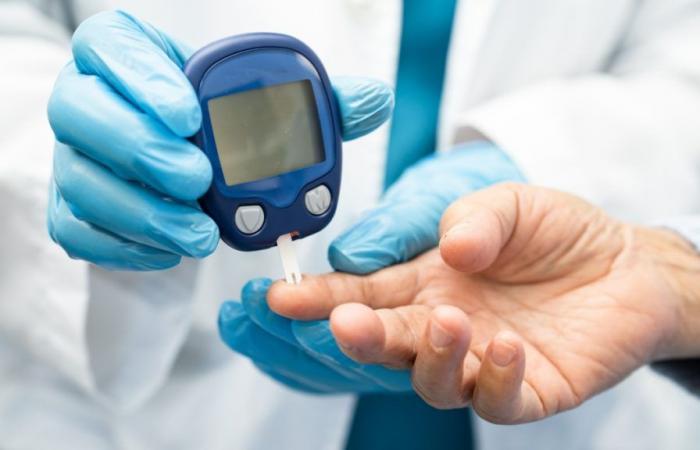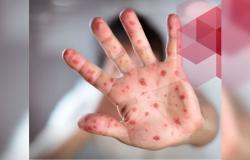A patient with type 1 diabetes has been declared “functionally cured” of the disease, thanks to the cultivation and transplantation of new insulin-producing cells.
A promising trial
The diabetes is characterized by the inability of the body to produce sufficientinsulin to regulate blood glucose (sugar) levels. This means for people with type 1 diabetes, and many with type 2 diabetes, daily subcutaneous injections (which could potentially be replaced by oral drops) of this hormone.
Detailed in the review Cellthe promising results observed concern a 25-year-old woman, type 1 diabetic for 11 years and having undergone two liver transplants and a pancreas transplant.
In order to allow him to do without his restrictive insulin treatment, the researchers took samples stem cells adipose cells and returned them to an earlier developmental stage before prompting them to develop into pancreatic islet cells, which were cultured and transplanted.
Although her daily insulin requirements began to decrease after two weeks, after 75 days she could do without injections of the hormone altogether. During this follow-up period of more than a year, she remained in a healthy blood sugar range more than 98% of the time.
An injection into the abdominal muscles rather than the liver
The approach differs from previous ones on several points. Chemically rather than genetically induced, the stem cells were transplanted into the abdominal muscles rather than the liver. This is to improve the survival and maturation of cells, to facilitate monitoring of their evolution and to make the procedure less invasive.
Although such a treatment, which will soon benefit two other patients, involves the use of immunosuppressants, the results observed to date indicate that it could constitute a viable option for diabetes.
Last July, pre-clinical trials showed that drug therapy could increase the number of insulin-producing cells by 700%.







